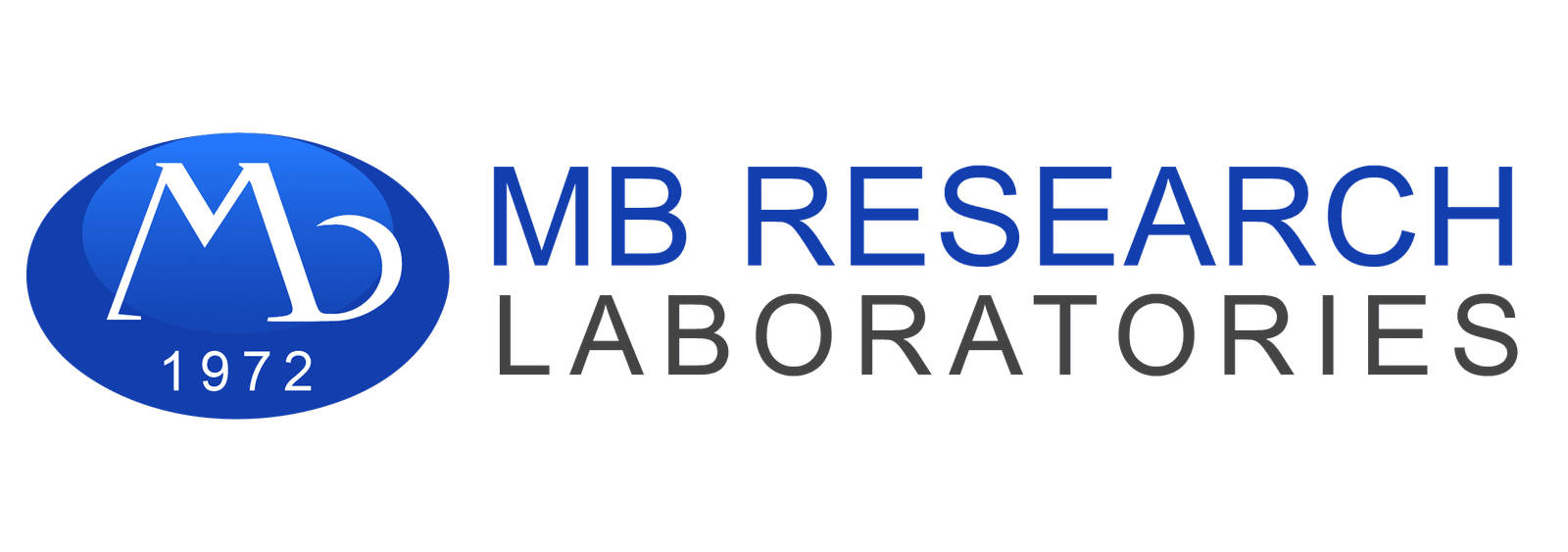When it comes to bringing new products to the market, ensuring their safety is of utmost importance. Chemical toxicology testing plays a crucial role in this process by evaluating the potential risks associated with the use of these products. In this blog post, we will explore the importance of chemical toxicology testing and how it helps in ensuring consumer safety.
What is Chemical Toxicity Testing?
Chemical toxicology testing is a comprehensive assessment of the potential harmful effects of chemicals on living organisms. It involves the evaluation of various parameters such as acute toxicity, irritation potential, corrosivity, and phototoxicity. These tests provide valuable information about the safety profile of a product and help in determining its suitability for use.
Acute Toxicity
One of the primary focuses of chemical toxicology testing is acute toxicity. Acute toxicity testing determines the adverse effects of a single exposure to a chemical substance. This data helps in establishing safe exposure limits and provides crucial information for hazard classification and labeling.
Irritation Potential
Chemical substances can cause irritation to the skin, eyes, or respiratory system. Testing for irritation potential helps in identifying products that may cause discomfort or harm upon contact. By evaluating the irritation potential, manufacturers can make informed decisions regarding the formulation and use of their products.
Corrosivity
Corrosive substances can cause severe damage to living tissues upon contact. Chemical toxicology testing helps in identifying corrosive properties and enables manufacturers to take necessary precautions to prevent harm to consumers.
Phototoxicity
Some chemicals can become toxic when exposed to sunlight. Phototoxicity testing evaluates the potential of a substance to cause adverse effects when exposed to ultraviolet (UV) light. This information is particularly important for products that are intended for use on the skin, as it helps in preventing harmful reactions.
Good Laboratory Practices (GLP)
Chemical toxicology testing should be conducted following Good Laboratory Practices (GLP). GLP ensures the reliability and integrity of the data generated during the testing process. Adhering to GLP guidelines provides confidence in the accuracy of the results and ensures that the testing is conducted in a standardized and consistent manner.
The Role of Preclinical Testing
Chemical toxicology testing is part of the preclinical testing phase, which is conducted before human trials. Preclinical testing helps in identifying potential risks and determining the safe dosage range for human use. It provides essential data for regulatory submissions and helps in making informed decisions about product development.
MB Research Laboratories: A Premier Contract Research Organization
When it comes to chemical toxicology testing, MB Research Laboratories is a trusted name with over 50 years of experience. As a premier Contract Research Organization (CRO), MB Research Laboratories offers a wide range of toxicology testing services, including acute toxicity testing. All studies conducted by MB Research Laboratories adhere to GLP guidelines, ensuring the reliability and accuracy of the results. With rigorous Quality Assurance processes and quick turnaround time, MB Research Laboratories is committed to providing high-quality toxicology testing services.
Conclusion
Chemical toxicology testing is a vital step in the product development process. It helps in ensuring consumer safety by evaluating the potential risks associated with the use of chemical substances. By conducting tests for acute toxicity, irritation potential, corrosivity, and phototoxicity, manufacturers can make informed decisions about the safety and suitability of their products. MB Research Laboratories, with its extensive experience and commitment to quality, is an ideal partner for conducting toxicology testing.
